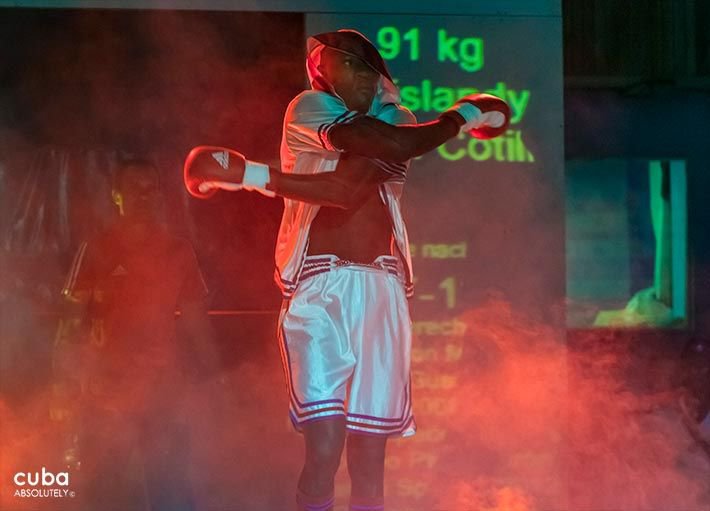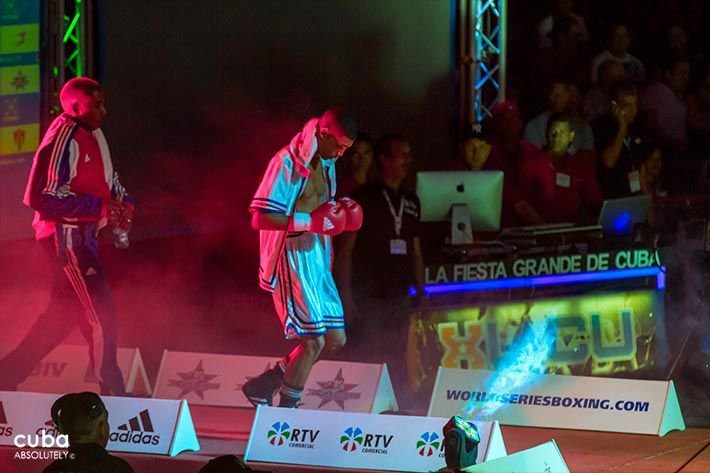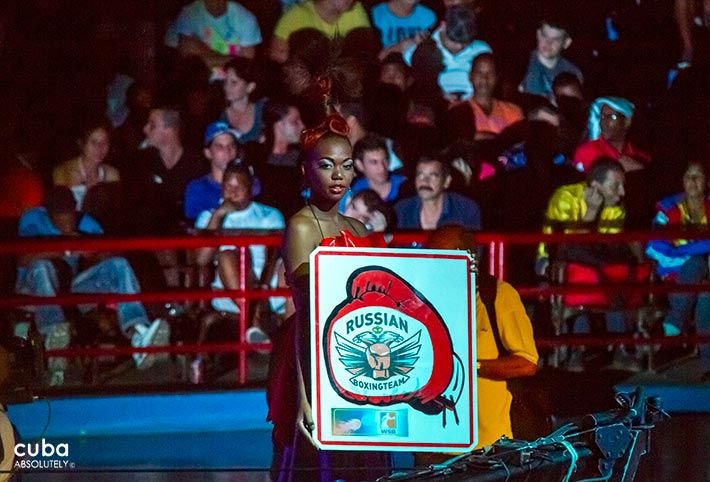The Sports City was conceived as a complex that included race tracks; swimming pools; fields for different sports, including football; a small baseball stadium, and a coliseum at the forefront, which is covered by a great reinforced concrete dome. It has a seating capacity of 15,000 people and one of its novelties was the exit system, allowing spectators to leave the place in five minutes. The construction of the originally called Sports Palace began in 1952 and opened in 1958. Since then, it has hosted many sports events, including boxing and volleyball world championships, as well as cultural events, such as performances by the Cuban National Ballet, the Soviet Circus and famous international and local musicians.

The Malecón LH  5+
5+
The Malecón, first named Avenida del Golfo, is Cuba’s most famous sea-side avenue. The project was undertaken by Don Francisco de Albear, Cuba’s greatest engineer at the time. Albear came up with a co …
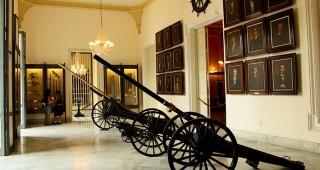
Museo de la Ciudad (Palacio de los Capitanes Generales) LH  5
5
History & architecture Considered the most important example of baroque architecture in the city, this grand building on the west side of the plaza was built in 1792, on the sight of the former pa …
 BaroqueAdmission: CUC 3Open: 9am-6pm dailyCuba e/ Obispo y O’Reilly, Habana Vieja
BaroqueAdmission: CUC 3Open: 9am-6pm dailyCuba e/ Obispo y O’Reilly, Habana Vieja 
Iglesia de San Francisco de Paula LH  5
5
In 1664 the Presbyter of the Cathedral of Havana, don Nicolás Estévez Borges, ordered the construction of a chapel devoted to Saint Francis of Paola (founder of the Roman Catholic Order of the Minims) …
 BaroqueAdmission: FreeAvenida del Puerto, esq. a San Ignacio, Habana Vieja
BaroqueAdmission: FreeAvenida del Puerto, esq. a San Ignacio, Habana Vieja 
Iglesia de Jesús de Miramar LH  5
5
Opened in 1953, this is Cuba’s second largest church, which is visible for several blocks due to its vast dome built in Roman-Byzantine style. The Jesús de Miramar church boasts 14 large mural paintin …
 OtherOpen: 9am-noon, 4-6pm daily; Mass: 9am Mon-Fri; 9am, 5pm Sat-Sun; To visit at other times, enter via the sacristy5ta #8003 entre 80 y 82
OtherOpen: 9am-noon, 4-6pm daily; Mass: 9am Mon-Fri; 9am, 5pm Sat-Sun; To visit at other times, enter via the sacristy5ta #8003 entre 80 y 82 
Edificio Bacardí LH  5
5
The first and main exponent of art deco in the city belonged to Emilio Bacardí and was the home to his famous rum company. After winning the contest held by Bacardí, architects E. Rodríguez, R. Fernán …
 Art DecoAdmission: FreeOpen: 9am-9pm dailyMonserrate esq. a San Juan de Dios, Habana Vieja
Art DecoAdmission: FreeOpen: 9am-9pm dailyMonserrate esq. a San Juan de Dios, Habana Vieja 
Convento e Iglesia de la Merced LH  5
5
Built between 1865 and 1867, this is arguably one of Havana’s most lush churches. The temple stands opposite a small square and its façade, constructed in Baroque style, features the principal door wi …
 BaroqueAdmission: FreeOpen: 8am-5pm dailyCuba #806, e/ Merced y Paula (Leonor Pérez), Habana Vieja
BaroqueAdmission: FreeOpen: 8am-5pm dailyCuba #806, e/ Merced y Paula (Leonor Pérez), Habana Vieja 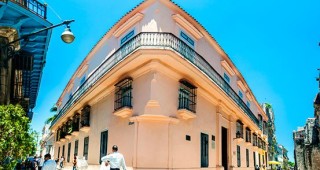
Centro de Arte Contemporáneo Wifredo Lam LH  5+
5+
The north-west corner of the square is occupied by the 18th-century Casa de los Condes de Peñalver, which has at different times served as a post office, a bank and a school. Today, it houses the Cent …

Plaza Vieja LH  5+
5+
The 16th-century Plaza Vieja has always been a residential rather than a military, religious or administrative space, and is surrounded by elegant colonial residences, combined with a few very strikin …

Paseo del Prado LH  5+
5+
In colonial times, this promenade received several names, including Nuevo Prado, Alameda de Extramuros, Paseo de Isabel II and Paseo del Prado, and with cuba’s independecne, it became Paseo de Martí. …

Almacenes de San José LH  5
5
This former harborside warehouse was built in 1885 and is considered the oldest depository in Old Havana. The sober and imposing façade that looks out onto the city conceals the building’s steel struc …
 BaroqueAdmission: FreeOpen: 9am-8pm dailyAvenida del Puerto y San Ignacio, Habana Vieja
BaroqueAdmission: FreeOpen: 9am-8pm dailyAvenida del Puerto y San Ignacio, Habana Vieja 